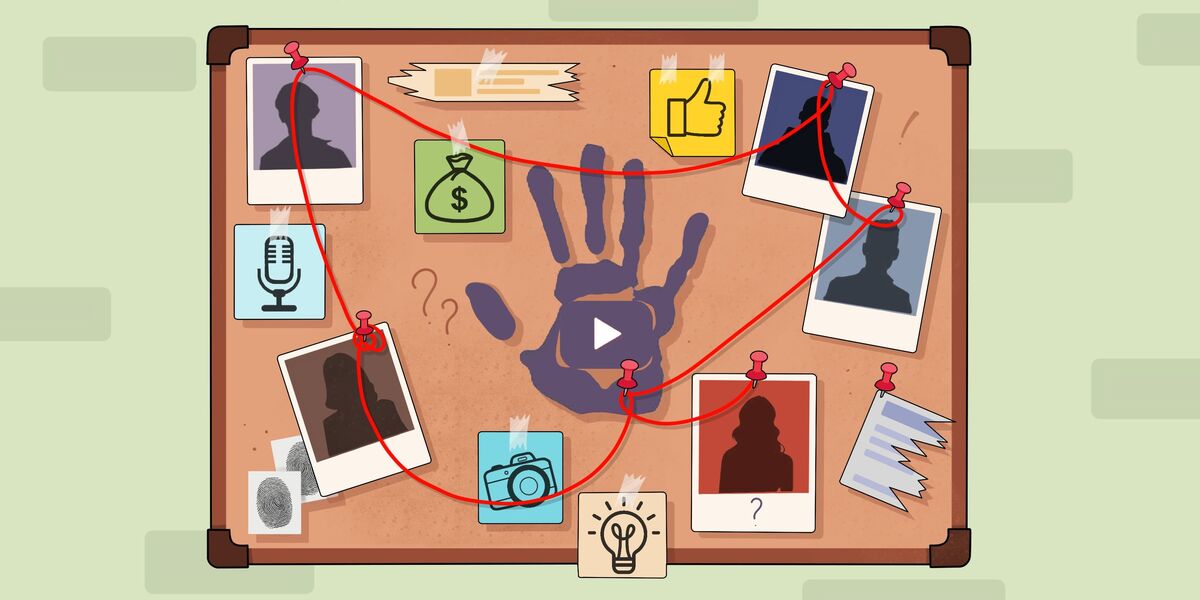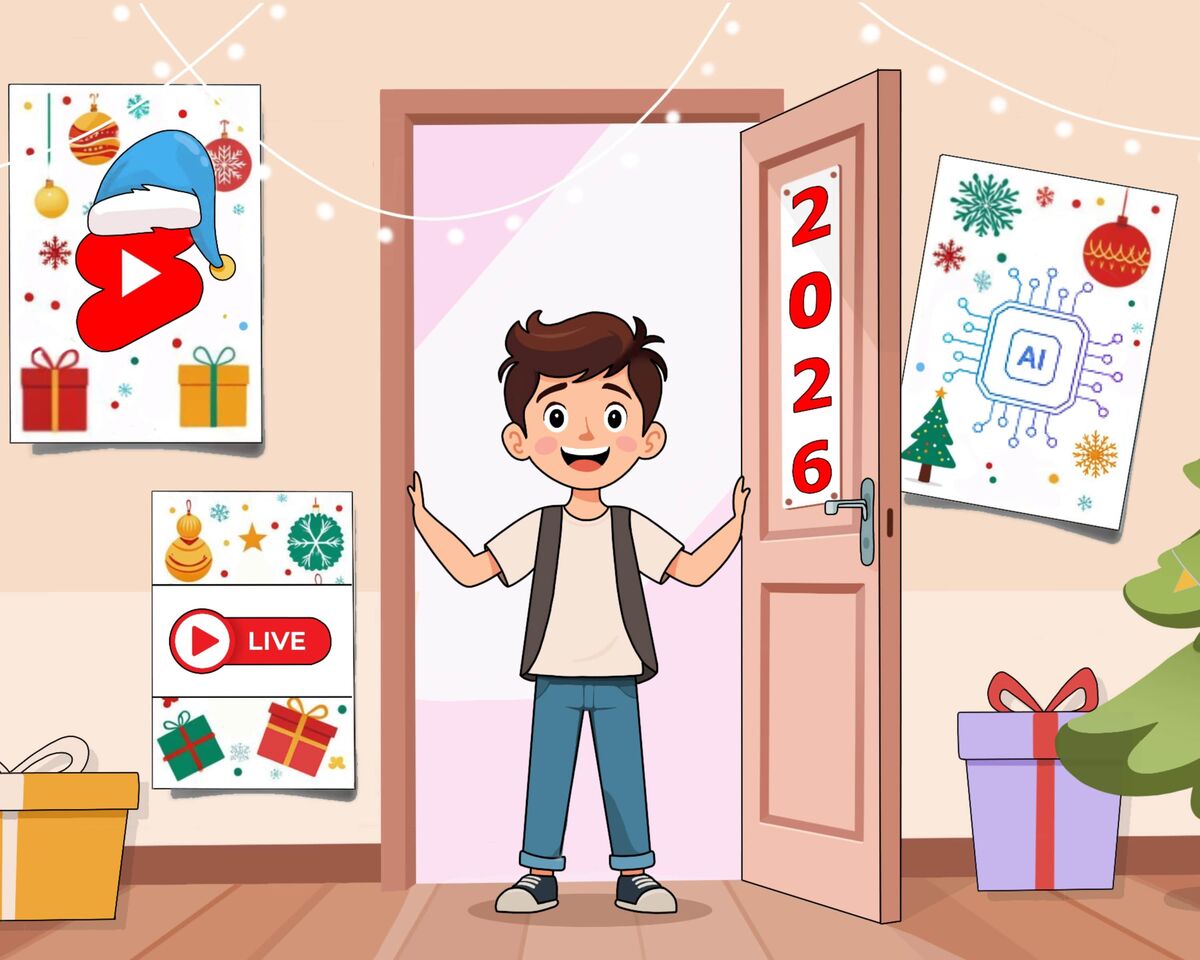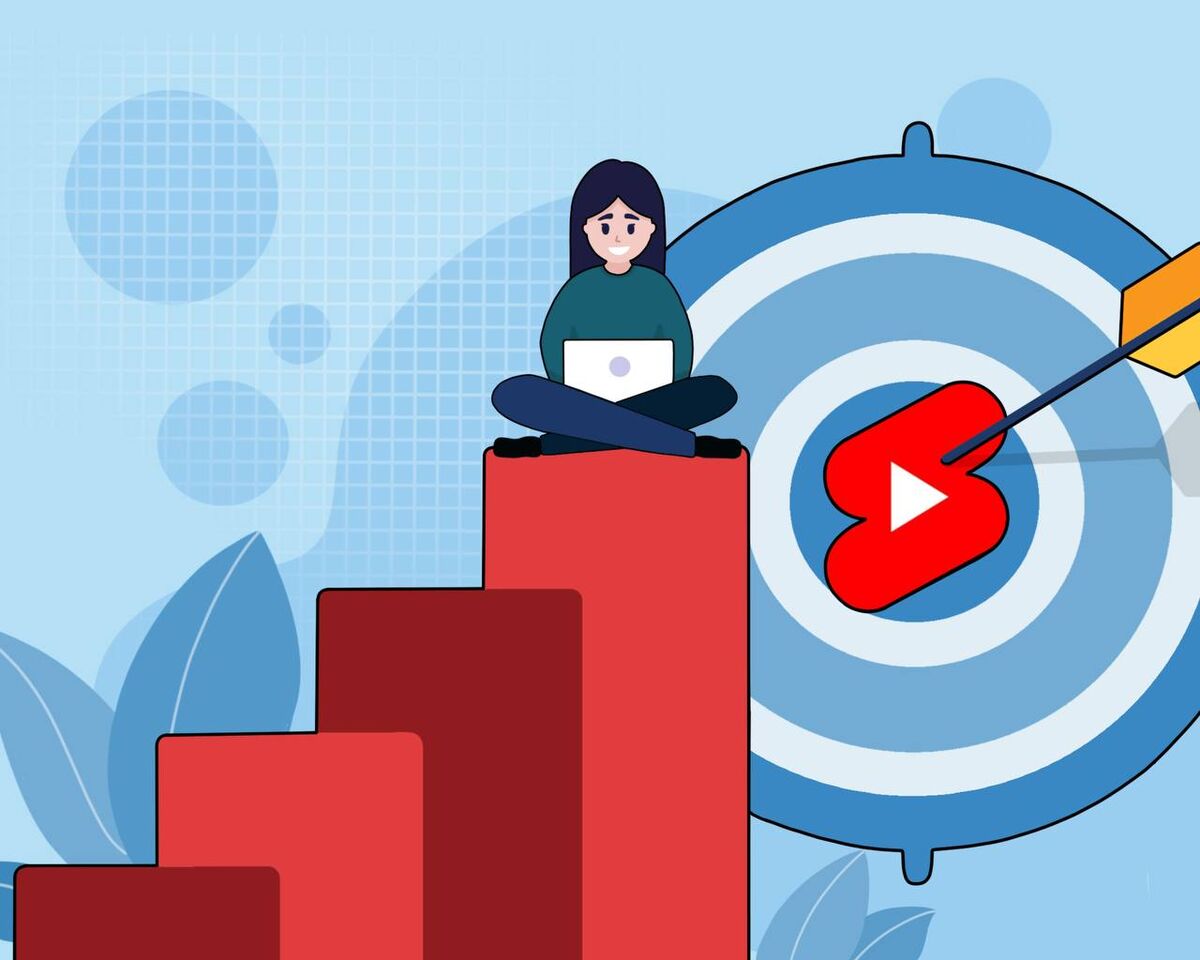5 Key Reasons Your YouTube Channel Can Grow Faster

Just like with an abandoned channel or a change of topic, which we already talked about in the previous article, the main problem here is subscribers and regular viewers who seem to be there, but they don’t watch the content.
As a result, the following situation unfolds on the channel: the content hasn’t changed, the topics are the same, everything is just as before, and even consistency hasn’t suffered, but there’s no growth, or everything has even started to go downhill.
And how does it happen that you didn’t really do anything wrong, you tried as usual, worked according to the plan — but the channel not only doesn’t grow, it actually makes you think that you’re doing everything in vain?
There are several reasons why this happens, and today we’ll go through each of them step by step.
Let’s start with the first and most obvious one, since it mostly applies to educational channels, which face the problem of hitting a plateau more often than others.
First reason: views on educational videos are almost always significantly lower
Does this mean the creator is making bad content? Not at all — this is just a characteristic of the niche, and it doesn’t happen by chance.
Imagine a viewer subscribes to a guitar lesson channel. The creator posts a useful video on how to play the simplest chords, and our beginner viewer goes to watch it.
Then a video comes out for more advanced guitarists, showing how to play fingerpicking patterns and barre chords.
Our beginner viewer won’t watch the more advanced video, so it will naturally get fewer views because the audience has narrowed due to the topic’s difficulty.
Later, the person might even decide to stop learning guitar for personal reasons, but they don’t unsubscribe, thinking, “Maybe I’ll come back to this topic someday.”
In these cases, there’s almost nothing we can do to influence the audience.
Of course, you could try creating more entertaining videos.
But then you’d need a different audience: those who subscribed to learn guitar may leave, and only viewers who enjoy the new format will remain. It’s not exactly changing the topic, but it will still affect your audience.
So in this situation, you have to make a choice: more viewers and views with entertaining content, or fewer views but a targeted audience that could, for example, buy your courses or consultations.
One might think the problem for educational channels could be solved by creating content exclusively for beginners.
It sounds like a good idea, but it won’t really help.
Beginners also often turn into “dead” subscribers because either they become more advanced and your content is no longer relevant to them, or they decide they no longer want to learn. So this strategy doesn’t work either.
But then, which situations can we actually influence to increase views?
Second reason: you’re trapping yourself with “one-time-use” content
This is about videos that are discovered through search, but don’t motivate viewers to visit the creator’s channel or watch other videos.
The most relatable example here is the popular search query “how to reinstall Windows.”
Views on videos like these will always far exceed the number of subscribers on the channel.
It’s also quite possible that these channels have a number of similar one-off videos that haven’t converted viewers into regular subscribers.
The information in these videos is genuinely useful, and the content quality is high. But if viewers don’t stick around, it means the videos are missing the creator themselves.
Your uniqueness is a key component that helps retain viewers on your channel, rather than turning it into a soulless reference library.
Building a connection between your audience and your content is essential, no matter the channel’s topic, because YouTube values keeping viewers on its platform.
Every creator must actively work toward this goal. High views on a single video do not guarantee long-term success. You need to consistently motivate viewers to watch more of your content across the channel.
Third reason: the audience loses interest in the topic as a whole
One example that immediately comes to mind is Pokémon Go.
This mobile game, where players catch Pokémon in real-world locations using their phones, captured the interest of a huge number of people.
Its peak popularity was in 2016, dominating media everywhere throughout the year. The most viral videos came out during this period. However, over time, the hype faded, and a significant number of people stopped being interested in catching Pokémon.
That said, it’s not accurate to say the community disappeared entirely. The fan base still exists and is not small, but the active phase has definitely passed.
This can easily happen with any topic, and it may seem like we have no control over the course of events.
Really?
It’s important to remember that bloggers are influencers — a term derived from the English verb “influence.” Even if you feel like a tiny cog in a huge machine, you still act as an opinion leader and have the power to influence people.
If you’re passionate about your field and want to promote it widely, you have the ability to reignite interest in your topic.
Take LEGO as an example.
It started simply as a toy for children, but over time, thanks to general interest and bloggers making reviews, LEGO transformed from a child’s toy into a high-value hobby for adult collectors.
The company capitalized on this trend, categorizing products for young children, older kids, family activities, and adults who enjoy building complex sets.
Recent company reports show LEGO is thriving, unlike much of the global toy market.
Undoubtedly, enthusiastic adult LEGO fans and bloggers — creating a wide range of content, including LEGO-based cartoons — played a significant role in this success.
So if interest in your topic fades, remember: there will always be people who remain engaged, and you have the power to make the topic popular again.
Especially now, with nostalgia trending globally, nearly any format or theme can go viral if it touches the right emotional chords for Generation X and Millennials.
So why else might a channel stall or decline?
Fourth reason: the audience loses interest specifically in your content
To figure out whether the issue is with you or the topic, simply check how views and engagement are doing for your competitors.
If other creators in your niche are doing well, it’s worth asking yourself: what might be going wrong on your channel?
- The first and most obvious reason is audience fatigue.
It seems like if you’ve found a working formula that brings views and subscribers, why would it stop working?
Here’s the thing: if you keep doing the same thing over and over without any meaningful growth, it can tire out anyone.
And when we talk about quality, we don’t mean just the technical quality of the content.
Even MrBeast himself, if he kept doing the exact same challenges the same way indefinitely, would eventually tire his audience.
Given the level of his content, he’d have to go to great lengths to change that.
So what should you do if your audience is tired of same content style?
It’s time to experiment!
But before you dive in and unleash all your wild ideas, let us pause you —
Even experiments on your channel should be a rational step.
This means sitting down and carefully thinking: what new approaches could attract your audience’s attention?
Maybe it’s time to upgrade your camera, or try a new editing style, something trendier like your competitors are doing.
Audience fatigue is one thing, but there’s another interesting problem.
- Many creators who’ve been on YouTube for years often miss the moment when their audience simply outgrows their content.
The advice here is simple: grow together with your audience. And don’t worry about losing your original uniqueness — on the contrary, years of experience on YouTube and interacting with your audience will help you define it more clearly. After all, you know yourself far better now than you did in the past. Use that.
Okay, we’ve covered fatigue and audience growth, but let’s think logically again.
If your views are dropping and all the graphs are going down, could it be that those views are simply going elsewhere?
And that brings us to our next problem.
Fifth reason: your views are going to your competitors
If you closely follow other creators in your niche, trends, and the audience’s current interests, you’ll quickly understand where your views went. And if you don’t yet see it clearly, channel analytics in YouTube Studio will help.
The platform provides all the necessary information: here are the channels your viewers watch, and here are the videos. Your task is not to lament that other creators get views while you don’t, but to figure out what makes their content different from yours and why viewers often prefer it.
If you and your competitors cover the same topics but they get the views and you don’t, there’s a good chance your content presentation—thumbnails and titles—is weaker.
Compare them side by side and ask yourself: what would you click on?
It could also be about the content itself: engaging intros, dynamic editing, and proper structure.
Identify the main elements that seem better executed by your competitors and try to bring your content up to that level. This doesn’t mean copying exactly, as you shouldn’t lose your uniqueness. But you do need to understand the advantages of other creators that your audience is watching.
If viewers like a topic, they don’t pick only the most successful creator—they subscribe to multiple channels that match their interests.
But if another creator consistently posts more interesting and engaging videos, some of your viewers may indeed drift away. There’s also a less obvious reason viewers go to other creators: irregular posting or too little content.
If you post once a month, but your main competitor posts weekly with similar topics and content quality, you’ll fall behind again.
Here’s something to consider: how can you reduce the time it takes to create a video without sacrificing quality?
Delegation comes to mind, and remember—you don’t have to outsource only to people.
Yes, Artificial Intelligence—we’re talking about you!
If you spend a lot of time developing ideas, gathering materials, or writing scripts, chatbots like ChatGPT can help.
If you struggle with thumbnails, try AI tools like Canva or MidJourney.
Or you can think in another direction: if you post infrequently, the value of each video for your audience should be higher.
For example, there are many movie bloggers who post regularly and have plenty of viewers. Then there are full-length film reviews few times a year, which can get as many views per video as some channels do in an entire year.
And now, as we wrap up, let’s answer the most anticipated question: what about the shadow ban?
Here’s the deal: YouTube doesn’t really have a “shadow ban,” but there are mechanisms that can limit your videos, such as low audience engagement, uninteresting content, community guideline violations, restricted reach due to 18+ topics, borderline topics like politics or medicine, or simply that your video didn’t get recommended.
And no, it’s not that YouTube hates you and is deliberately hiding your content.
In most cases, creators just don’t want to face the truth and do the analysis. Views drop not because of YouTube or some “magical algorithm.”
Views drop simply because audience behavior changes.
If you can figure out what caused this change in viewer reactions, you can absolutely regain both views and reach. The most important rule: create content that provides value to your audience, whether through knowledge or emotion.




